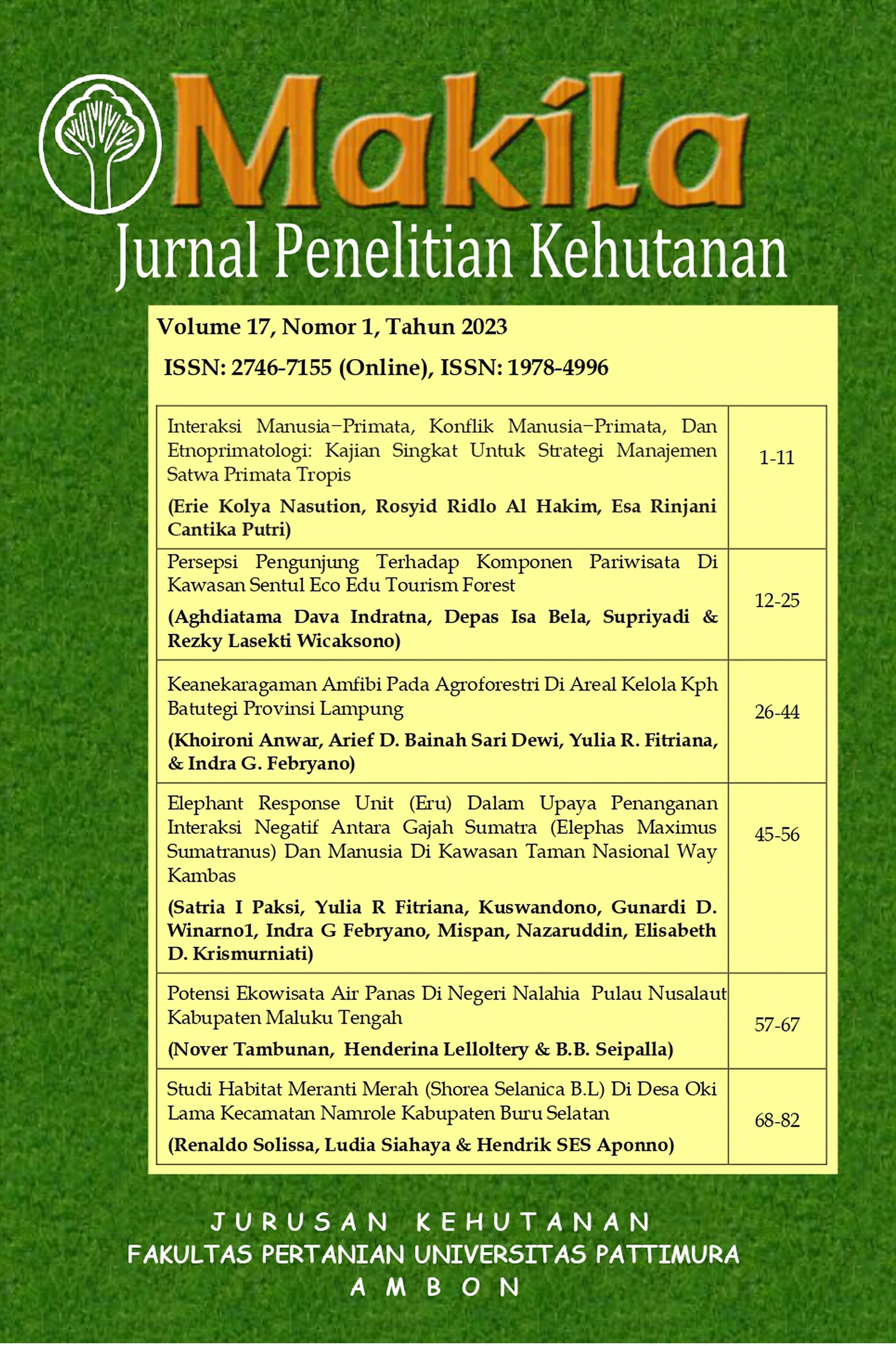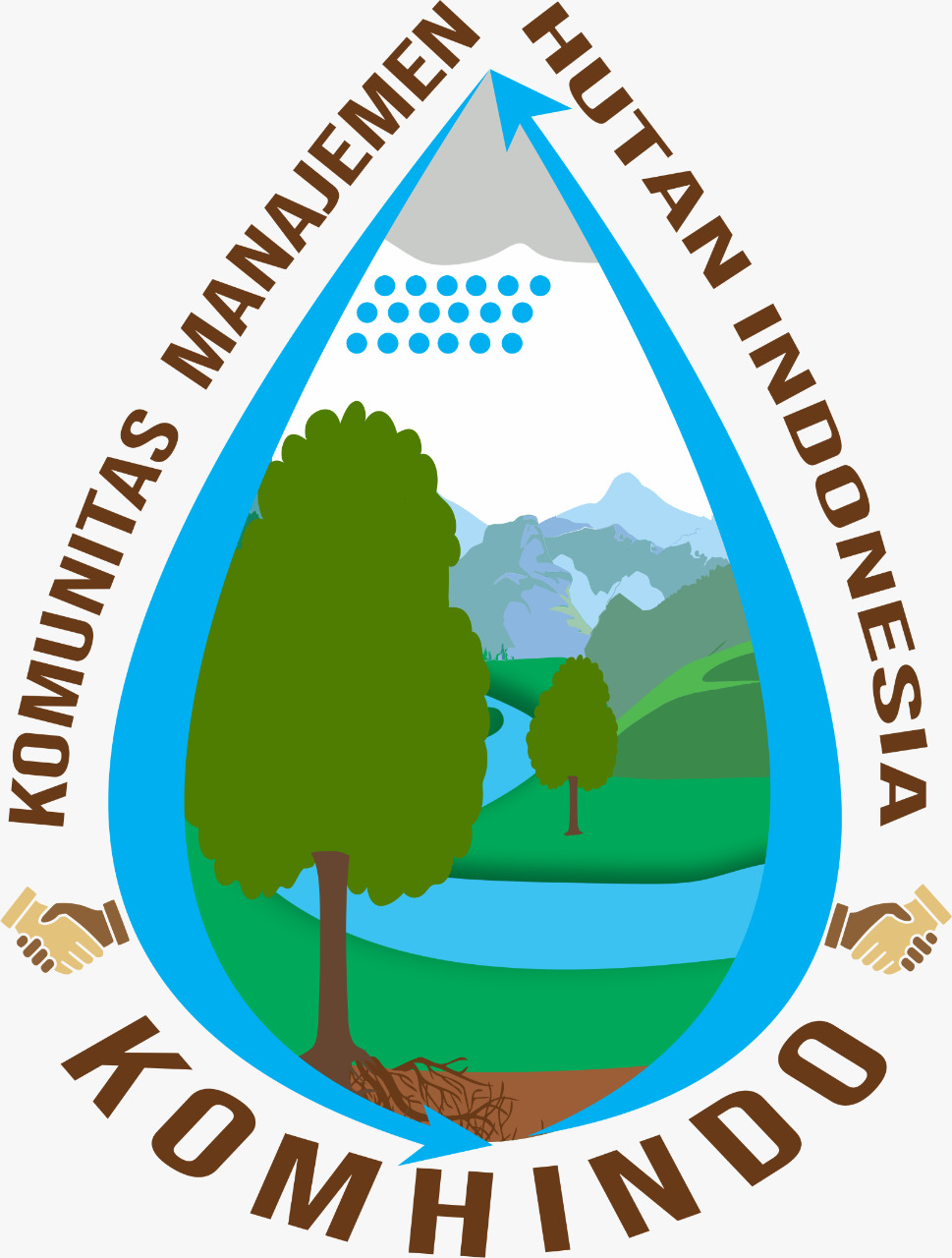Persepsi Pengunjung Terhadap Komponen Pariwisata Di Kawasan Sentul Eco Edu Tourism Forest
Abstract
Sentul Eco Edu Tourism Forest is one of the tourist attractions in Bogor Regency, which was initially jointly managed by the Korea-Indonesia Forest Center and Perum Perhutani. However, the collaboration ended in 2021, so the management was transferred to KPH Bogor. The transfer of authority significantly led to adjustments by the administration since this area was previously affected by the Covid-19 pandemic. The adjustment needs to consider how visitors perceive the tourism components in the Sentul Eco Edu Tourism Forest area. Thus, this study analyzes visitor perceptions of the SEETF Area tourist attraction. The method used in determining the sample is the accidental sampling method. It collects data using interviews, questionnaires, field observations, and literature studies. Visitors perceptions of the four components of tourism tend to be quite good. The attraction component gets an index of 82.6%, so it is classified as very good. The amenities and accessibility components belong to the excellent category, with an index of 71.1% and 75.3%, respectively. Then the ancillary services component only got an index of 48.7%, so it was categorized as sufficient. Based on the visitor's perception of the SEETF area, it can be used as a manager for consideration and determining the priority scale in the development of the area that can trigger an increase in visitor satisfaction.
Downloads
Copyright (c) 2023 Aghdiatama Dava Indratna, Depas Isa Bela, Supriyadi Supriyadi, Rezky Lasekti Wicaksono

This work is licensed under a Creative Commons Attribution 4.0 International License.











